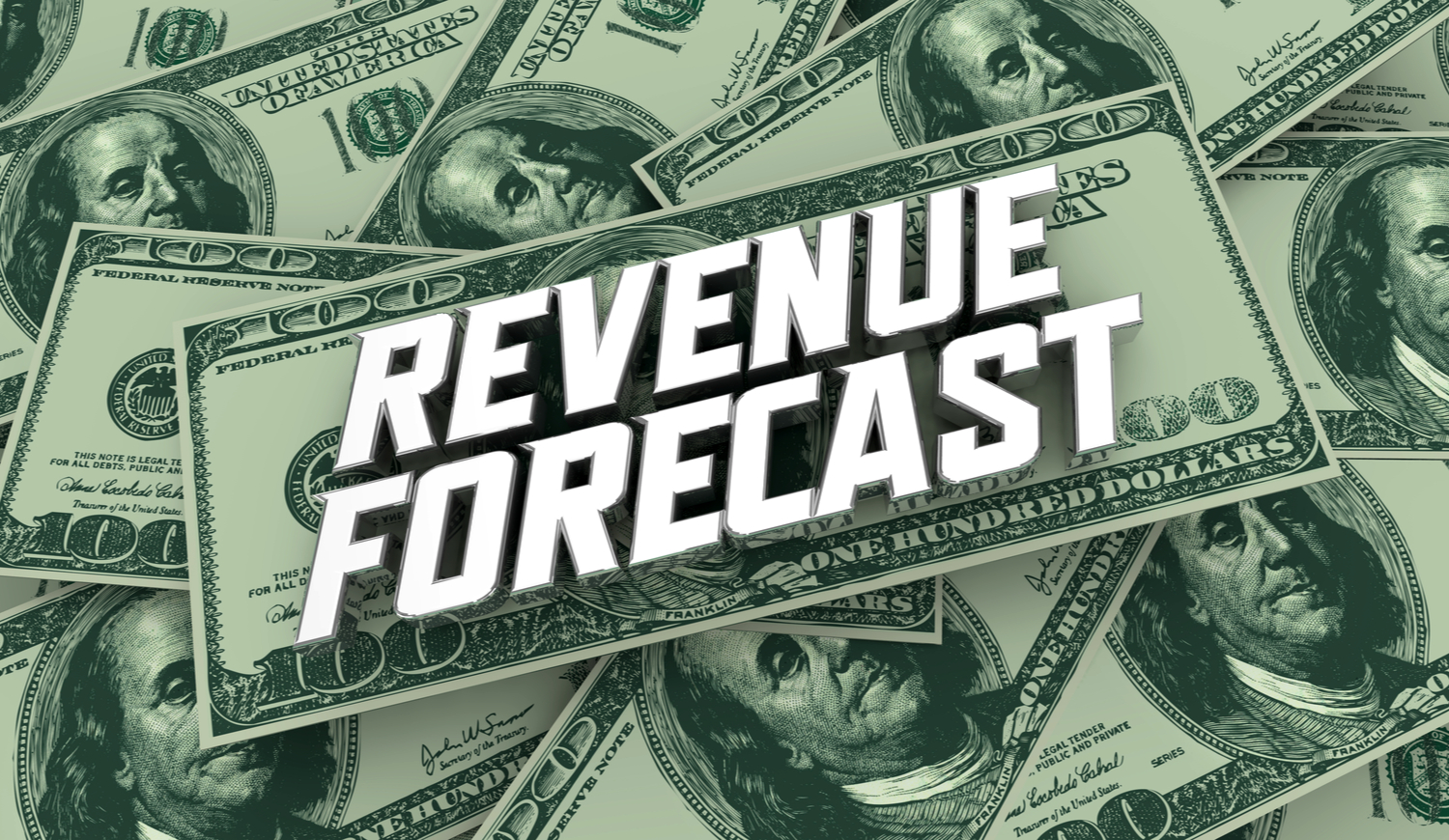As someone who values business decisions based on hard data, I have long mined my backlog data to determine how I can use it to predict profit in a period.
In a project-driven integration business, if you can accurately forecast revenue, you can also accurately predict that period’s net profit.
And this is even though project revenue tends to be highly variable (compared to managed service revenue).
If your direct costs are truly variable, then all you do is subtract the fairly fixed indirect costs from gross profit to predict the bottom line.
If your direct costs are also fairly fixed (that is they are not truly variable to activity), then all you have to do is subtract the equipment costs from your revenue, and then subtract all your fixed costs to determine your bottom line.
Using this formula, revenue forecasts can become the key driver to predict profitability:
Bottom Line = Revenue – Equipment Costs – Fixed Costs
I have also found that 85% – 90% of monthly project revenue comes from the prior end of month backlog. And only 10% – 15% of revenue is generated from projects sold in the current month. Thus, the primary driver for monthly project revenue is found in your backlog.
This is how you forecast revenue from your backlog:
First, separate out your whale projects (projects that are around 10% of your annual revenue or more) and significant projects that are not starting in your forecast horizon (whether monthly or quarterly). Then you have two options:
Option 1: Use historical averages to estimate your revenue forecast:
To do this, determine historically the timing of how your backlog has converted into revenue.
For example, in a construction-driven, project-based business, it is typical for the backlog to be converted at about one third in each of the following three months. Small projects tend to be finished in the first month, larger projects tend to move out and be completed over longer periods, but on average your total backlog will have a pattern of how it generates revenue. This would indicate that you need approximately 3X your monthly expected revenue in your backlog, or you may be facing declines in revenue.
Option 2: Schedule out your project backlog into work complete in the period to more precisely forecast revenue:
Separate the fulfillment of your backlog over the next 30 days (I also like to look forward to the next 60 and 90 days), and you will be able to predict not only what your revenue will be, but the make-up of that revenue in gross profit and planned resource consumption.
Identify the stored gross margin in your remaining backlog, ideally in at least its equipment and labor (internal and/or subcontractor) components. Even better, identify the stored labor hours in your remaining backlog (and best if you identify it by major resource types such as engineering, install, commissioning, programming, project management, etc.).
Then add in the portion of new revenue that will convert into recognized revenue in that period and you will be able to accurately forecast revenue for the period.
The next question is, what will you do with this insight?
Stay tuned for Part 3 of this blog series by Joel Harris, Forecasting Sales from Your New Order History.
 Do you want to learn more?
Do you want to learn more?
Join Navigate Academy!
Don’t miss the release of our next Module, starting with a live webinar
Friday, Dec 18 @ 11:00 am CST
Title: Succession Planning & Next Generation Development
Keep Reading:
3 Critical Key Performance Indicators for Systems Integrators
Keep Reading:
So, All I Have to Do to Be Profitable is Hire Subcontractors?






